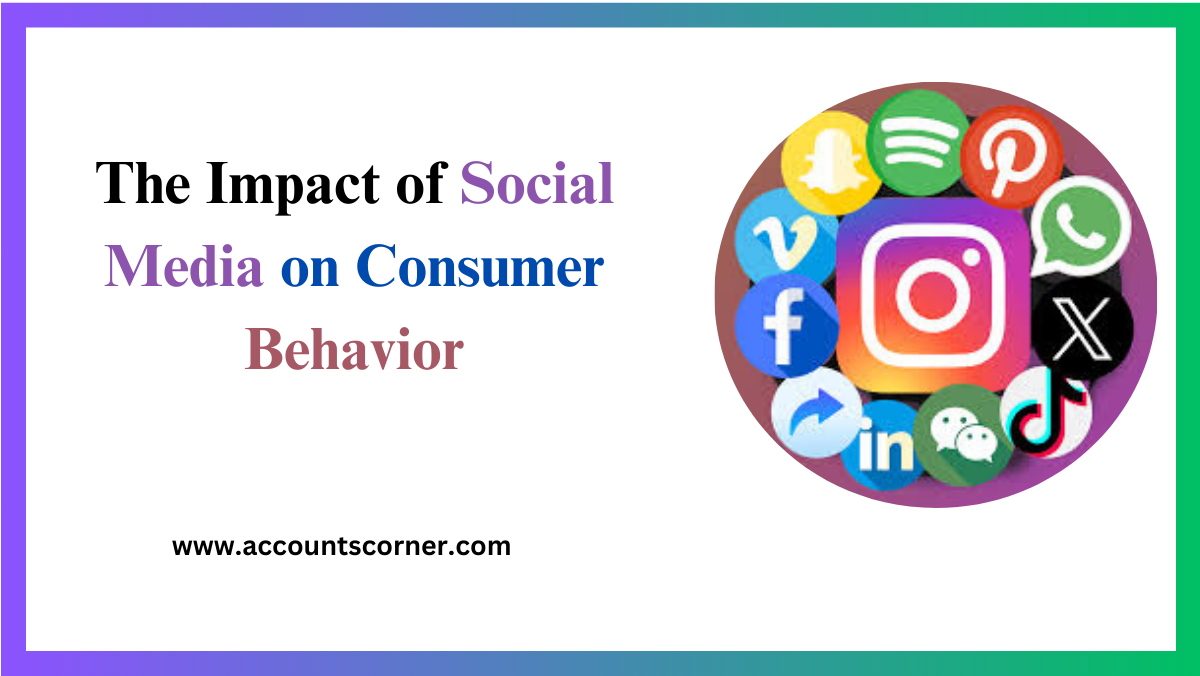Products
-
 Flicker New Accounts
Rated 5.00 out of 5$0.50
Flicker New Accounts
Rated 5.00 out of 5$0.50 -
 Discord New accounts With Gmail
Rated 5.00 out of 5$1.00
Discord New accounts With Gmail
Rated 5.00 out of 5$1.00 -
 Reddit New Accounts With Gmail
Rated 5.00 out of 5$1.00
Reddit New Accounts With Gmail
Rated 5.00 out of 5$1.00 -
 Quora New accounts With Gmail
Rated 5.00 out of 5$1.00
Quora New accounts With Gmail
Rated 5.00 out of 5$1.00 -
 Buy AOL AGED Accounts
Rated 5.00 out of 5$1.00
Buy AOL AGED Accounts
Rated 5.00 out of 5$1.00 -
 Buy Outlook New Accounts
Rated 5.00 out of 5$1.00
Buy Outlook New Accounts
Rated 5.00 out of 5$1.00 -
 Buy Hotmail Aged Accounts
Rated 5.00 out of 5$1.00
Buy Hotmail Aged Accounts
Rated 5.00 out of 5$1.00 -
 Youtube Accounts With Channel and Video
Rated 5.00 out of 5$2.00
Youtube Accounts With Channel and Video
Rated 5.00 out of 5$2.00 -
 Youtube Accounts With Channel
Rated 5.00 out of 5$1.00
Youtube Accounts With Channel
Rated 5.00 out of 5$1.00 -
 Buy Twitter Aged Accounts 2010 to 2021
Rated 5.00 out of 5$1.50
Buy Twitter Aged Accounts 2010 to 2021
Rated 5.00 out of 5$1.50
The Impact of Social Media on Consumer Behavior
Posted by:
preethi

Social media is more than just a place to post cat videos and selfies in the modern digital age—it’s a powerful instrument that influences our purchasing decisions. The impact of social media on consumer behavior is both profound and pervasive. If you’re curious about how platforms like Instagram, Facebook, and TikTok influence your purchasing habits—or if you’re a business owner looking to harness this power—this blog post is for you. We’ll explore how social media affects consumer behavior, share successful case studies, and discuss the importance of reviews and recommendations. You’ll have a better grasp of this dynamic interaction and useful takeaways from this post that you may use in your personal or professional life.
Table of Contents
ToggleIntroduction to Consumer Behavior
When people purchase products and services, they engage in certain behaviors and make certain decisions. This is known as consumer behavior. This complex field involves understanding why people purchase certain products, how they use them, and what factors influence their choices. Consumer behavior has always been shaped by advertising, personal tastes, and referrals from friends and family. But social media’s introduction has given this equation a new facet.
Today, social media platforms act as a massive repository of consumer opinions, reviews, and recommendations. They offer a forum for users to communicate with brands and other customers and share their experiences. This two-way communication channel has made it easier for consumers to gather information and make informed decisions. The impact of social media on consumer behavior is evident in how people discover new products, evaluate options, and ultimately decide what to buy.

How Social Media Influences Decisions
It is impossible to overestimate the impact that social media platforms have on consumer behavior as they have become an integral part of our everyday lives. Here are some ways in which social media impacts our purchasing decisions:
- Discovering New Products
Product discovery on social media is one of the main ways it affects customer behavior. Platforms like Instagram and Pinterest are visual-heavy and perfect for showcasing new products. Influencers and brands often use these platforms to introduce their latest offerings, providing a steady stream of new and exciting products to their followers.
Fashion influencers, for instance, might share a photo of themselves wearing a new item, tagging the retailer and including information about where to purchase it. This increases social proof and exposes the product to a new market, increasing the likelihood that followers will be interested in buying it.
- Evaluating Options
Social media also plays a crucial role in the evaluation stage of the consumer decision-making process. Many individuals use social media to read reviews and gather information before making a purchase. people can ask questions on social media sites like Facebook and Twitter and get answers from brands and other customers. This gives people important information about the benefits and drawbacks of various items.
Additionally, video platforms like YouTube are filled with unboxing and review videos, offering detailed analyses of products. These evaluations assist customers in making better judgments by highlighting a product’s characteristics, advantages, and possible disadvantages.
- Making the Purchase
Finally, social media can directly influence the purchase decision. These days, a lot of platforms include built-in purchasing capabilities that let consumers make purchases inside the app. For instance, Instagram’s shopping feature enables users to purchase items directly from a brand’s profile or through tagged products in a post.
Customers are more likely to follow through on their buying intentions when they have a smooth shopping experience that lowers the barrier to discovery and purchase.
Case Studies of Successful Campaigns
To demonstrate how social media affects consumer behavior, let’s examine a few prosperous ads that made good use of these channels.
- Dove’s Real Beauty Campaign
A great illustration of how social media can be utilized to spread a brand’s message and affect consumer behavior is the Real Beauty campaign by Dove. The campaign aimed to challenge traditional beauty standards and promote body positivity. Dove used social media to share empowering messages and real stories from their consumers, encouraging them to share their own experiences.
This campaign received millions of views, likes, and shares, indicating that it struck a chord with a wide audience. It greatly raised sales in addition to improving Dove’s brand image.influence the way that customers behave. The campaign’s success demonstrates the power of social media in shaping consumer perceptions and driving purchase decisions.
- Airbnb’s #WeAccept Campaign
An additional great illustration of a good social media strategy is Airbnb’s #WeAccept campaign. Airbnb started this initiative to encourage diversity and inclusion in response to growing concerns about prejudice and inclusivity. They emphasized the value of diversity by sharing moving tales of people from all backgrounds on social media.
The campaign received widespread support, with thousands of users sharing their own stories and using the hashtag #WeAccept. It It enabled Airbnb to deepen its audience connection and reaffirm its brand values. This emotional connection translated into increased bookings and customer loyalty.
- Glossier’s Community-Driven Approach
Glossier, a beauty brand, has built its entire business model around social media.They use social media sites like Instagram to interact with their followers and get input on upcoming goods. Glossier invites its fans to submit their stories, and the company even collaborates with them to co-create items.
This community-driven approach has made Glossier a favorite among millennials and Gen Z consumers. Through active audience participation in the product creation process, Glossier has built a devoted following of customers who have a sense of personal investment in the brand. This has resulted in strong word-of-mouth marketing and impressive sales growth.
Importance of Reviews and Recommendations
In the age of social media, reviews and recommendations have become a critical factor influencing consumer behavior. Here’s why they matter:
- Social Proof
The psychological phenomena known as social proof refers to people’s propensity to imitate the behavior of others. When consumers see positive reviews and recommendations from others, they are more likely to trust the brand and make a purchase. Social media enhances this effect by giving people a forum to express their thoughts and experiences.
For example, a positive review from a trusted influencer can significantly boost a product’s credibility and influence potential buyers. Similarly, seeing friends and family recommend a product on social media can increase its appeal and encourage others to try it.
- Building Trust
In a world where consumers are bombarded with advertisements, trust is a valuable commodity. By offering sincere and objective judgments, reviews and recommendations contribute to the development of trust. When consumers see that others have had positive experiences with a product, they are more likely to trust the brand and feel confident in their purchasing decision.
Brands that actively engage with their customers on social media and respond to reviews—both positive and negative—demonstrate transparency and a commitment to customer satisfaction. This promotes a solid and reliable brand image.
- Influencing Purchase Decisions
Finally, reviews and recommendations play a crucial role in influencing purchase decisions. According to a survey by BrightLocal, 91% of consumers read online reviews before making a purchase, and 84% trust online reviews as much as personal recommendations.This demonstrates the powerful influence that testimonials and suggestions may have on purchasing decisions.
Social media platforms provide a convenient and accessible way for consumers to find and share reviews. These assessments have the power to influence prospective customers and increase sales, whether they are posted on Facebook, YouTube, or in a brief tweet.
Conclusion
There is no denying social media’s influence on consumer behavior. From discovering new products to evaluating options and making purchases, social media plays a pivotal role at every stage of the consumer decision-making process. Promising initiatives such as Dove’s Real Beauty, Airbnb’s #WeAccept, and Glossier’s community-focused strategy showcase the potency of social media in molding customer attitudes and propelling revenue.
By fostering trust, offering social proof, and influencing purchasing decisions, reviews and recommendations increase this influence even more. For businesses looking to thrive in today’s digital landscape, leveraging the power of social media is essential.
Whether you’re a content creator looking to understand your audience better or a business owner aiming to boost sales, understanding the impact of social media on consumer behavior can provide valuable insights and strategies. Investigate these possibilities right now to see how social media might change the way you approach marketing and customer interaction.
If you’re ready to take your social media strategy to the next level, Consider making an investment in platforms and tools that will enable you to monitor and evaluate your social media presence if you’re prepared to advance your social media strategy. With the right approach, you can harness the power of social media to drive meaningful results for your business.
















